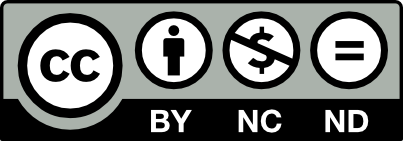Chemical reduction of nitrate by zerovalent iron nanoparticles adsorbed radiation-grafted copolymer matrix
Artykuł w czasopiśmie
MNiSW
15
Lista A
| Status: | |
| Autorzy: | Ratnayake Sanduni, Ratnayake A.K., Schild Dieter, Mączka Edward, Jartych Elżbieta, Luetzenkirchen Johannes, Kosmulski Marek, Weerasooriya Rohan |
| Dyscypliny: | |
| Aby zobaczyć szczegóły należy się zalogować. | |
| Rok wydania: | 2017 |
| Wersja dokumentu: | Drukowana | Elektroniczna |
| Język: | angielski |
| Numer czasopisma: | 4 |
| Wolumen/Tom: | 62 |
| Strony: | 269 - 275 |
| Impact Factor: | 0,72 |
| Web of Science® Times Cited: | 4 |
| Scopus® Cytowania: | 6 |
| Bazy: | Web of Science | Scopus |
| Efekt badań statutowych | NIE |
| Materiał konferencyjny: | NIE |
| Publikacja OA: | TAK |
| Licencja: | |
| Sposób udostępnienia: | Witryna wydawcy |
| Wersja tekstu: | Ostateczna wersja opublikowana |
| Czas opublikowania: | W momencie opublikowania |
| Data opublikowania w OA: | 22 stycznia 2018 |
| Abstrakty: | angielski |
| This research speci fi cally focused on the development of a novel methodology to reduce excess ni- trate in drinking water utilizing zerovalent iron nanoparticles ( nZVI)-stabilized radiation-grafted copolymer matrix. nZVI was synthesized by borohydrate reduction of FeCl 3 and stabilized on acrylic acid (AAc)-grafted non-woven polyethylene/polypropylene (NWPE/PP-g-AAc) copolymer matrix, which was grafted using gamma radiation. The use of nZVI for environmental applications is challenging because of the formation of an oxide layer rapidly in the presence of oxygen. Therefore, radiation-grafted NWPE/PP synthetic fabric was used as the functional carrier to anchor nZVI and enhance its spreading and stability. The chemical reduction of nitrate by nZVI-adsorbed NWPE/PP-g-AAc (nZVI-Ads-NWP) fabric was examined in batch experiments at different pH values. At low pH values, the protective layers on nZVI particles can be readily dissolved, exposing the pure iron particles for ef fi cient chemical reduction of nitrate. After about 24 h, at pH 3, almost 96% of nitrate was degraded, suggesting that this reduction process is an acid driven, surface-mediated process. The nZVI-water interface has been characterized by the 1-pK Basic Stern Model (BSM). An Eley-Rideal like mechanism well described the nitrate reduction kinetics. In accordance with green technology, the newly synthesized nZVI-Ads- -NWP has great potential for improving nitrate reduction processes required for the drinking water industry. |

